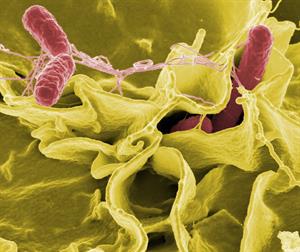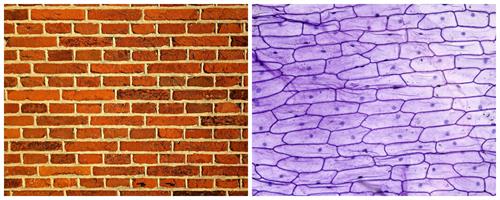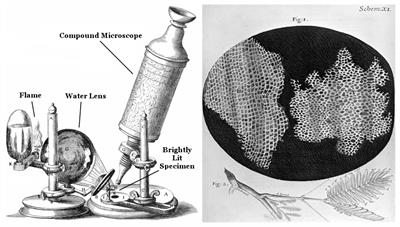
PUMPA - SMART LEARNING
எங்கள் ஆசிரியர்களுடன் 1-ஆன்-1 ஆலோசனை நேரத்தைப் பெறுங்கள். டாப்பர் ஆவதற்கு நாங்கள் பயிற்சி அளிப்போம்
Book Free DemoThe earth is a place where different types of organisms happily coexist. Various microorganisms such as minute mosses to giant conifers, invisible bacteria to significant blue whales comprise a basic unit known as a cell.

Salmonella
What are cells?
Living organisms perform certain essential functions such as respiration, digestion, and excretion for their survival, and these functions are performed by sets of organs formed by structural units known as cells.
The smallest structural and functional unit of living organisms is known as a cell.
Bricks and cells are measured and compared. In general, bricks are structural and functional units of buildings, whereas cells are structural and functional units of living beings. Just like bricks are used to construct buildings, cells are arranged to form the body of every organism. Unlike non-living bricks, the cells of live organisms are complex living structures. Existing cells are used to create new ones.

Comparison between the bricks and onion peel cells
Important!
The egg of a hen is a single cell which can be seen by the naked eye.

Discovery of cell:
The cells are extremely small in size and can be usually seen only under a microscope of high magnification. Robert Hooke first discovered cells in \(1665\).
Hooke examined a thin slice of cork under the microscope in \(1665\). During this, he noticed that the cork had partitioned boxes or compartments that appeared like a honeycomb.

He also observed that each box was separated from the other by a partition or a wall and named these boxes as cells. The cells that were observed by Robert Hooke were actually dead cells.
Even though cells were discovered in \(1665\), very little was known about the cell for the next \(150\) years after Robert Hooke’s observations. But today a lot is known about the cell structure and its functions because of the inventions of microscopes with high magnifications.
Reference:
https://commons.wikimedia.org/wiki/File:Robert_Hooke,_Micrographia,_cork._Wellcome_M0010579.jpg
https://www.freepik.com/premium-vector/magnified-cells-salmonella-bacteria_2440370.htm
https://www.flickr.com/photos/niaid/5613656967